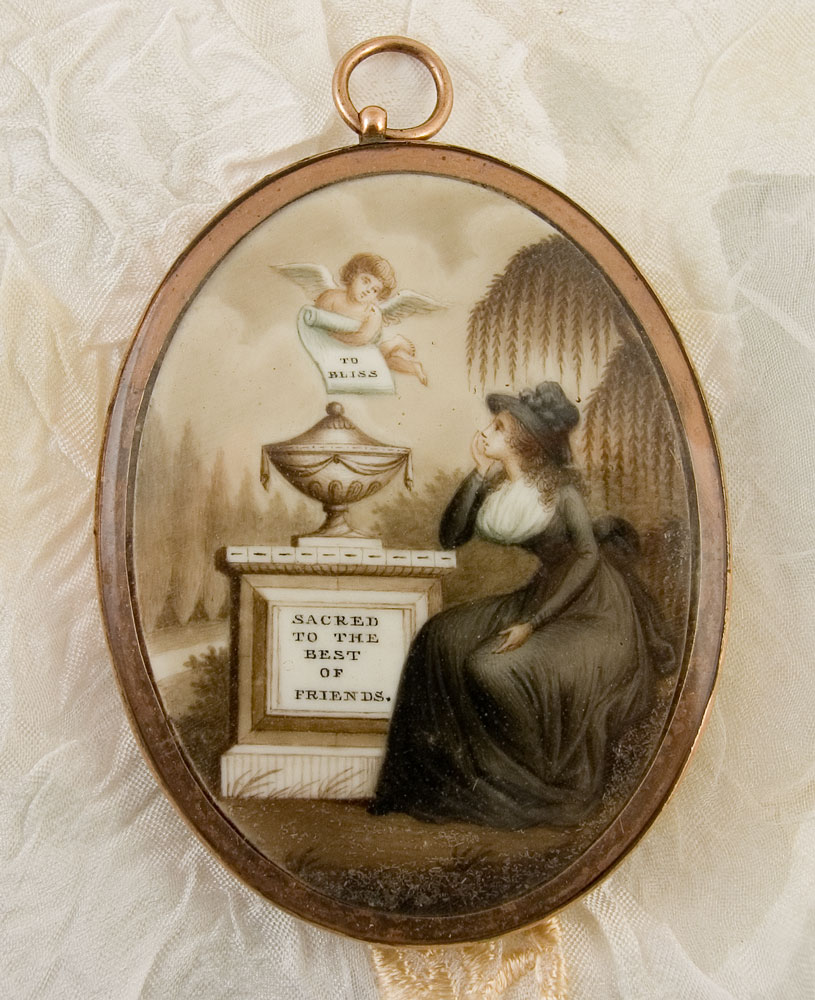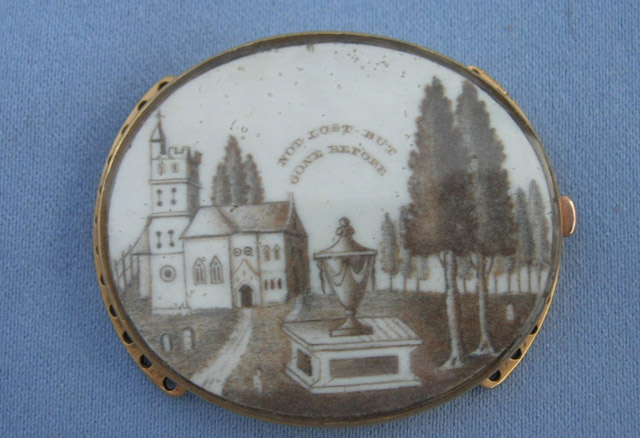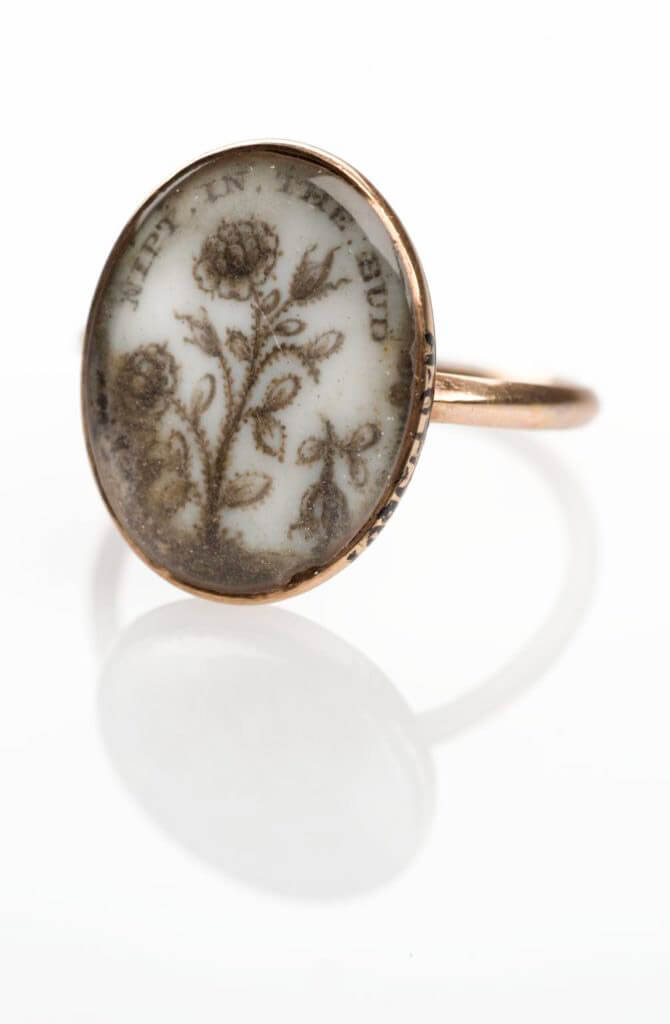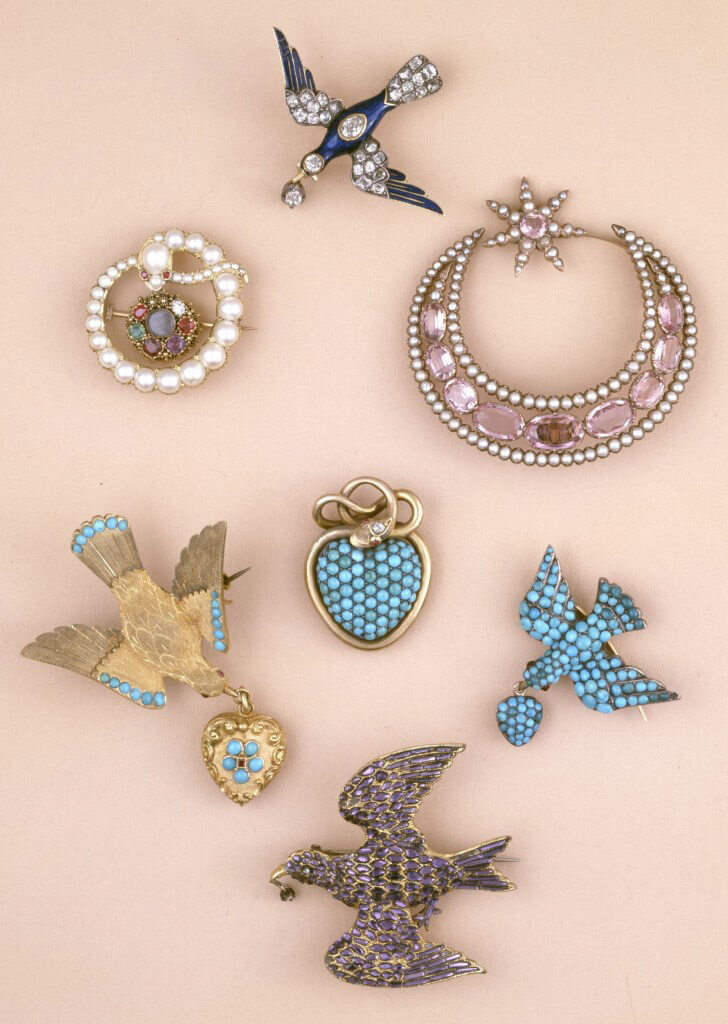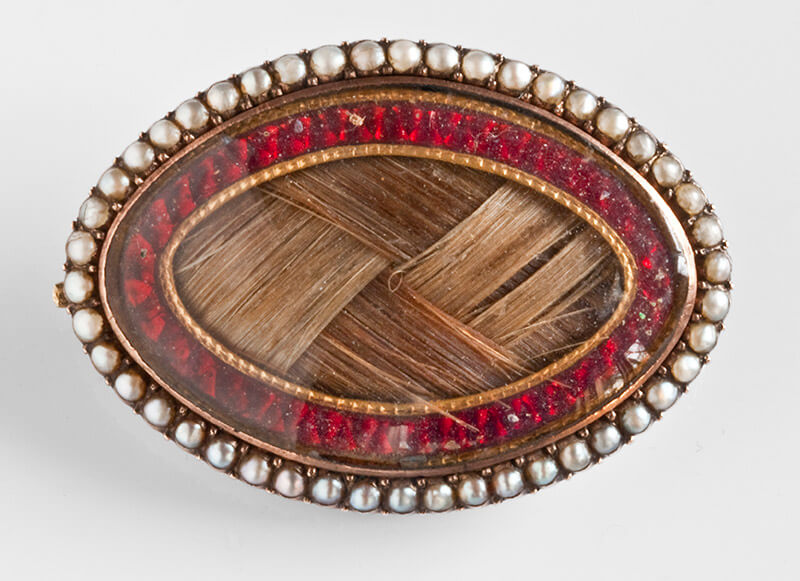Symbolism, The Cypress
Cupressus sempervirens, or the ‘Graveyard Cypress’ is one of the oldest classical mourning symbols used in Western and Eastern societies and its importance and longevity are are just as timeless as the tree itself.
Known as the ‘mournful tree’ by the Greeks and the Romans, the tree was sacred to the Fates and Furies as well as the rulers of the underworld. The tree would be planted by a grave, in front of the house or vestibule as a warning against outsiders entering a place corrupted by a dead body. Romans would carry branches of cypress as a sign of respect and bodies of the respected were placed upon cypress branches previous to interment. It is such for reasons as this that the tree still survives in the Muslim world and in Western culture, the cypress designates hope, as the tree points to the heavens. Here, there is a great continuity of usage for the tree, as despite its cultural interchange, it still remains understood for the same purposes in death.
It is the usage for its heavenly motif that we focus on for jewellery in the Neoclassical era, as the period of around 1760 is when the symbol came into regular mourning depictions, painted on ivory or vellum. The cypress is mostly shown in the background to the willow in the foreground of a mourning depiction, as the mourning woman would often interact with an urn, tomb or willow, but rarely with the cypress itself. Due to its constant usage in cemeteries and reflecting the classical usage of planting a cypress upon death, the cypress is still most commonly seen at the graveyard and the mourning depictions of the tomb or urn on plinth are reflective of that. The cypress’ seen flanking the cemetery as they would in reality. Other depictions of the cypress may be the lonely cypress on a rocky outcrop or a singular cypress surrounded by other mourning symbols.
By the 19th century, the cypress was depicted in leaves and branches on jewellery, rather than the full sized depiction. In this way, it could be utilised with other symbols as the Neoclassical concept of depicting full mourning scenes had given way to more specialised and smaller depictions of individual symbols to convey a meaning.




